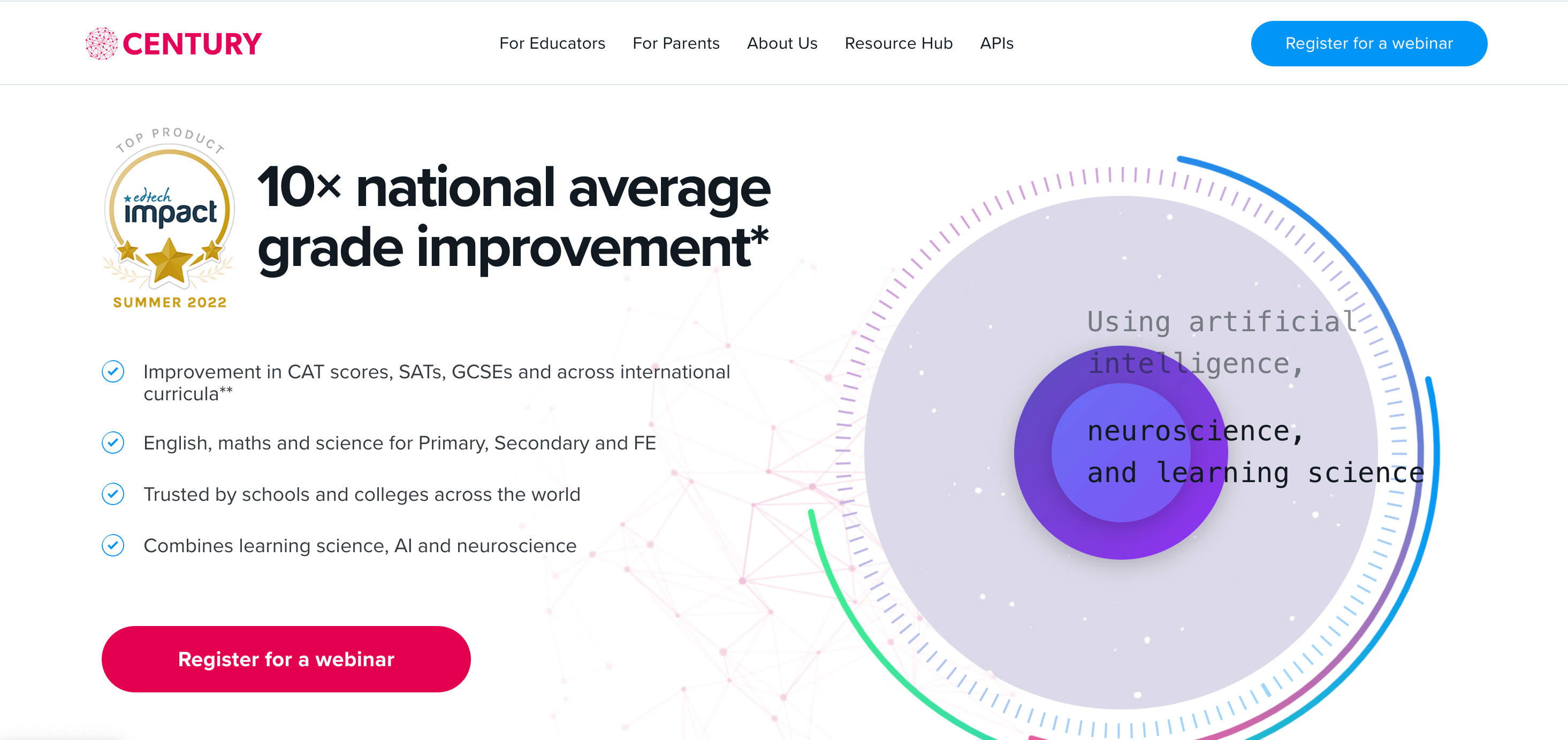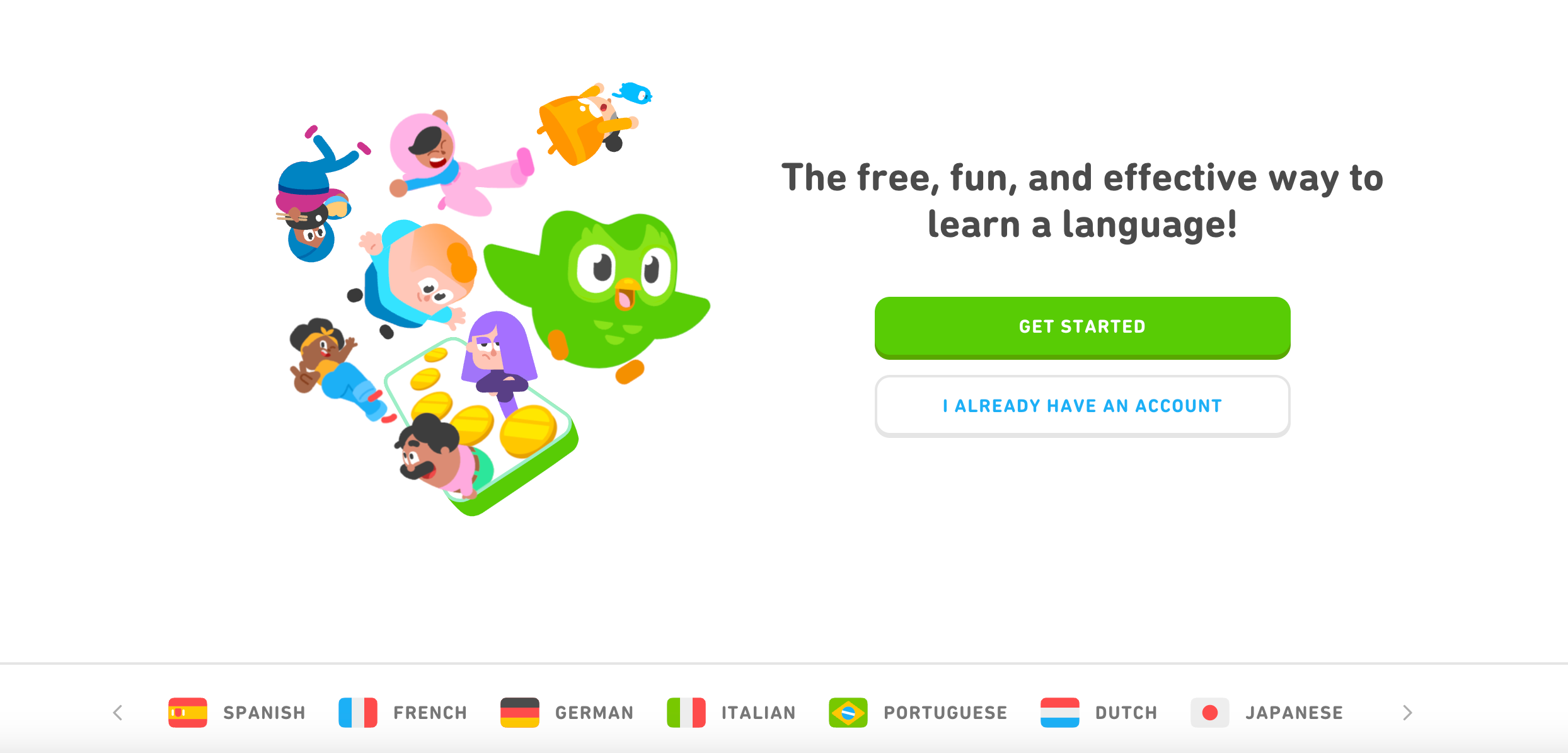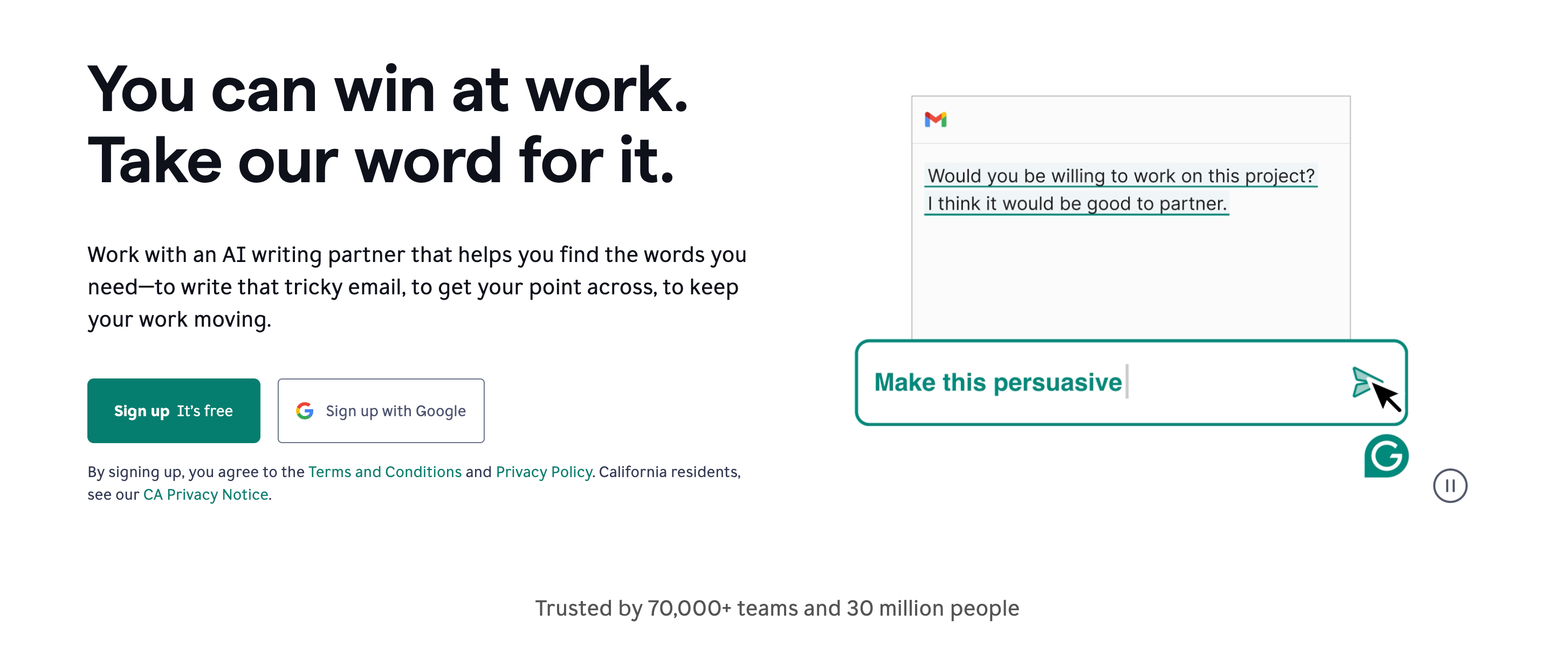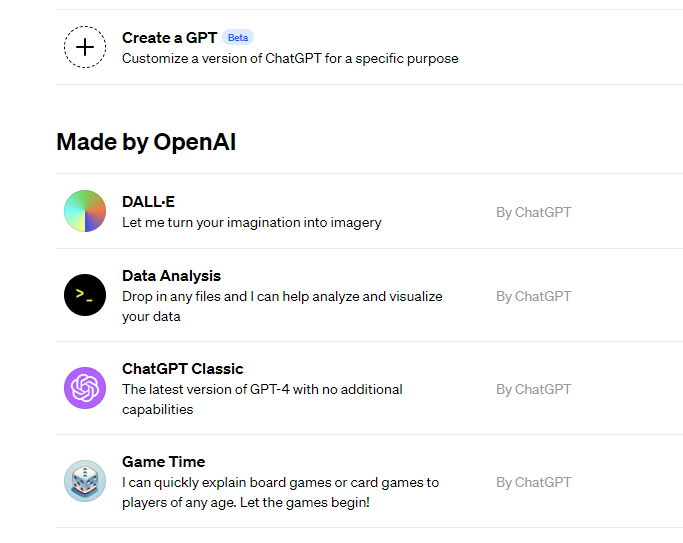Published on: February 18, 2023 Updated on: February 19, 2024
AI Education Tools: Transforming the Way We Learn
Author: Inge Vonaulock

The world of education is ripe for disruption, and AI technology is leading the charge. In this article, we’ll explore how AI tools are transforming education, from personalized learning to intelligent tutoring to educational chatbots.
We’ll also discuss the challenges of implementing these tools in educational settings and show how educators and learners can take advantage of the latest AI tools to improve learning outcomes.
Using AI In The Classroom
AI will probably never replace teachers completely. A good teacher that makes a human connection with a child is invaluable.
But teachers spend a lot of their time planning lessons and doing admin. These repetitive teaching tasks and administrative burdens are some of the easiest areas for AI to make a real improvement.
Generative AI tools are great at creating learning materials, marking, and other admin tasks like producing student reports. AI virtual assistants, or chatbots, can answer queries students have about homework or class schedules.
Keeping students engaged is another challenging task for teachers. Often it’s the brighter students that may need help staying engaged. AI educational tools can quickly flag which student is finding the course material too easy and may need interventions to stay engaged.
Gamification is one of the best ways to maintain student attention. If teachers can translate the way students engage with video games into the class environment, then teaching becomes a whole lot easier.
AI educational tools like Google Classroom, Kahoot, and Brainscape use gamification and AI to create engaging practice sessions, learning games, and even student-customized flashcards to make learning fun.
Educational chatbots are another AI tool that can create fun scenarios for language learning or discussions about poetry and literature. Duolingo is a good example of this, where you can practice your French with Renée, the taxi driver, or Roberto the chef.
Once a teacher has explained a new concept, they want to know: Did the class get it? Can I move on? At best, the teacher has a general idea of whether most in the class understand the new concept, and then they have to move on.
Adaptive learning platforms can evaluate an individual student’s comprehension in real-time and then speed up or slow down the pace the student is taken through the learning material.
This real-time student assessment keeps fast learners engaged and ensures no one is left behind when there’s a concept that a student may need more time with.
There are plenty of educational AI apps and platforms to choose from, but here is one of the more well-known ones:
Century Tech
This AI educational app uses AI combined with the latest research in neuroscience and learning science. The solution presents educators with an intervention tool that helps them tailor personalized learning paths for each student.
It monitors and provides feedback to the student on where they made mistakes and what they need to focus on to progress.
It also presents teachers with a dashboard showing which students have grasped taught concepts and which ones need more attention. This is a great help for teachers to prioritize which students need more of their time.
Besides creating learning material, it also automatically creates and assigns personalized homework assignments for students based on their needs. Homework is automatically graded, and tips are given to the student for improvement.
The platform has dashboards that give senior administrators, teachers, parents, and students live progress feedback to track progress.

How AI Can Help Teachers with Student Assessment
Monitoring each student to assess ability and progress is one of the biggest challenges a teacher faces. It’s a critical part of education because the teacher needs to understand what parts of the curriculum the entire class may need more help with.
AI can streamline and improve student assessment so that teachers can spend more time teaching. AI education apps can perform automated grading, process data analytics, and give an almost instantaneous overview of how the class did on an assignment and who might need some extra help.
Teachers have used computers for a long time to grade multiple-choice tests. In the past, grading essay answers always had to be done by the teacher. Not anymore.
GPT-4 is really good at understanding written content, even when it comes to things like nuance, context, and nested expressions. AI tools can evaluate if a student’s written response correctly answers the question without teacher intervention. These grading tools can even understand if the student got the answer partially right and suggest corrections.
Teachers also need to know if there is a specific portion of the material that just one or two students need help with. Getting real-time feedback as students work through learning material helps teachers to provide a more personalized learning experience.
Senior administrators in a school can use AI analysis of their departments to get a quick overview of individual teacher performance as well as which subjects the school is doing well in or those that might need more attention.
Here’s a great example of an AI educational tool that does student assessment far better than conventional teaching does.
StepWise
STEM subjects are some of the toughest to teach and evaluate. Teachers want to see that their student gets the right answer but also that they followed the right steps to get there. We’re probably all familiar with the phrase, “Show me your work.”
Grading correct answers is easy. Following through each student’s thinking process and steps to get to those answers takes forever.
The StepWise app from Querium takes the student through each step in answering a math problem. It guides them through any of the multiple correct paths the student may take to get to the answer. It also stops them as soon as they begin to take an incorrect path.
This avoids the teacher having to evaluate their thought process in getting to the right answer. It also prevents a student from potentially doing multiple math problems incorrectly before being assisted.
Querium claims that they’ve seen students achieving a 16% improvement on standardized tests after using the StepWise program.

Top 2 AI education tools
You’ve probably realized how helpful an AI-powered tool can be for learning, but where do you begin? We’re going to explore our top 2 AI-powered tools for education, so you can find out which one is best for you.
Duolingo
Duolingo is one of the most popular apps out there for language learning, and it’s not surprising why! This gamified learning process means that all students can keep track of their progress while constantly improving their skills.
The virtual learning assistant owl is always there to motivate and improve student engagement, offering new quizzes, challenges, and competitions. The app uses artificial intelligence to:
- Deliver personalized learning: The advanced artificial intelligence understands exactly where a student is in their learning journey. From this, the app will offer specific lessons and challenges designed to improve skills they are struggling with.
- Offer student progress tracking: Tracking student progress can help keep student engagement up. This innovative education technology offers plenty of fun ways to visualize progress, like ‘streak’ challenges.
- Develop speaking and writing skills: Duolingo uses a type of artificial intelligence called natural language processing, which means it can understand your written work and spoken work. This means it can help progress grammar and pronunciation.
The free version of this AI tool enables students to access plenty of different languages and lessons. However, the paid version means you get no limits to your learning time, so may be worth investing in!

Grammarly
Grammarly is an AI-powered writing tool that tracks your writing and offers real-time feedback. This is fantastic for developing:
- Essay writing skills
- Grammar skills
- New language skills
- Syntax and diction skills
This can be downloaded as an extension to your browser, meaning wherever you are writing, you can always check it’s as good as it can be. It works by using natural language processing and highlighting areas of your text that can be improved. The following areas are covered:
- Tone of voice
- Clarity
- Grammar
- Spelling mistakes
- Errors and typos
This not only works by improving student outcomes on formal essays and exams, but it’s also a great tool for encouraging students to improve their writing skills naturally, to avoid all the red highlights!

Potential Drawbacks and Ethical Considerations
While AI has made it teaching easier in a lot of ways, it has also made student assessment more difficult in others.
AI is great at plagiarism detection. This helps teachers to find out quickly who’s been putting the effort in and who’s been copying and pasting. Plagiarizing material straight from books or the internet is fast becoming a thing of the past, though.
With the advances made with ChatGPT-4, it’s becoming almost impossible for educators to spot AI-generated student material. This means that teachers need to rely more on oral feedback and in-class performance rather than assigning written reports to be completed at home.
There are ethical considerations to consider in using AI to assess students, too. Demographics, home life situations, and other personal challenges that students face are more difficult to allow for in the by-the-numbers world of AI. Students are more than just data, and good teachers know this better than AI tools do.
Privacy of student data also becomes a more difficult issue to handle. How much should be collected? Should some personal data be left out even if it potentially could result in a better teaching outcome?
Educators and companies creating AI student assessment tools will need to find ways to navigate these important areas of concern.
How AI is Making Higher Education More Accessible
Choosing the right college or getting information on fees and application procedures can feel overwhelming for prospective students. It also calls for a lot of human resources in college administrative departments. AI tools are making these processes a lot easier and less dependent on human resources.
Admission chatbots like Ivy.ai are now able to answer course-related queries like questions about the syllabus, course fees, and schedules. Students can use these chatbots to receive guidance through the admission process, confirm admission criteria, and check their admission status.
Kommunicate provides chatbot solutions for a number of industries, including educational institutions. They claim to have achieved an 80% reduction in university service calls where their chatbots have been implemented.
AI admission tools like AskAdmissions also integrate chatbots into their platform. As much as these tools are useful to students, they free up a lot of time for college administrators because they’re not having to respond to low-level queries.
AskAdmissions is also a good example of an AI tool that helps colleges make better choices when trying to recruit the best and brightest. AI is a lot better at sifting through applications and test scores to select the prospective students with the best odds of successfully completing the course.
Colleges are profit-driven institutions, and the longer they retain a student, the more money they make. AI tools in higher education institutions are being used to gauge current students’ interests and remarket other courses to them that they would be more inclined to enroll for.
AI in Education – Where To From Here?
As teacher sentiment on AI moves quickly from novelty to genuine interest, we’re likely to see more adoption of these tools in schools. Integration with existing systems is always a challenge, though.
Choosing the right AI tools to integrate into a school will be crucial to making the inevitable teething problems worth it. This challenge has already spawned a boom in consultants that specialize in AI educational tools.
As teachers see the time-saving benefits of AI-created lesson plans and learning materials, they’re probably to be among the first adopters. Many of them will likely be quietly using these tools long before it becomes policy in their schools.
As school administrators see the financial benefits AI can bring to the bottom line, they’re also likely to push implementation. From a PR perspective, they’ll also feel the pressure to adopt AI, even if it’s in nominal ways at first. Being able to say, “Our school uses AI smart learning tools,” is helpful when you’re charging top dollar at a private school.
The ethics around AI in any industry is always an issue, especially when it comes to children. Handling private information is highly legislated in the US and Europe. AI tools will need to find ways to stay on the right side of these laws while retaining their functionality that depends heavily on data.
Ethics and challenges aside, AI-assisted learning is an inevitability. Teachers will have to learn new skills but will no doubt be grateful for the reduced workload and better insights into their students. The ultimate goal is to educate students more effectively, and from initial results, it seems this is one more thing AI is certain to help humans do better.
For more info on the best AI apps for education as well as other industries, check out some of the latest tools in our AI app directory.
Inge Vonaulock
TopApps writer
Recent Articles

Artificial Intelligence (AI) is everywhere, but for many, it remains a mystery. What exactly is AI, and how does it impact our daily...
Read More
Interested in sharpening your AI knowledge base? We have all the best advice for staying ahead of the latest AI innovations and trends...
Read More
Learn how OpenAI's GPT Builder transforms coding, content creation, and more. Uncover its user-friendly side and dive into a future of AI accessibility...
Read More